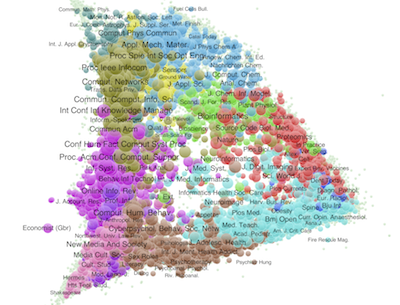In the current hyper-connected era, modern Information and Communication Technology systems form sophisticated networks where not only do people interact with other people, but also machines take an increasingly visible and participatory role. Such human-machine networks are embedded in the daily lives of people, both for personal and professional use. They can have a significant impact by producing synergy and innovations. The challenge in designing successful human-machine networks is that they cannot be developed and implemented in the same manner as networks of machines nodes alone, nor following a wholly human-centric view of the network. The problem requires an interdisciplinary approach.
As part of the HUMANE project, I collaborated with scholars from the Oxford Internet Institute, SINTEF in Norway, the IT Innovation Centre in Southampton, and the Athens Technology Center in Greece to review current research of relevance to human-machine networks across many disciplines. Extending the previous theoretical concepts of socio-technical systems, actor-network theory, and social machines, we concentrated on the interactions among humans and between humans and machines. We identified eight types of human-machine networks: public-resource computing, crowdsourcing, web search engines, crowdsensing, online markets, social media, multiplayer online games and virtual worlds, and mass collaboration. We systematically selected literature on each of these types and reviewed it with a focus on implications for designing human-machine networks and emerging design and development trends associated with them.
The paper was published in ACM Computing Surveys.
